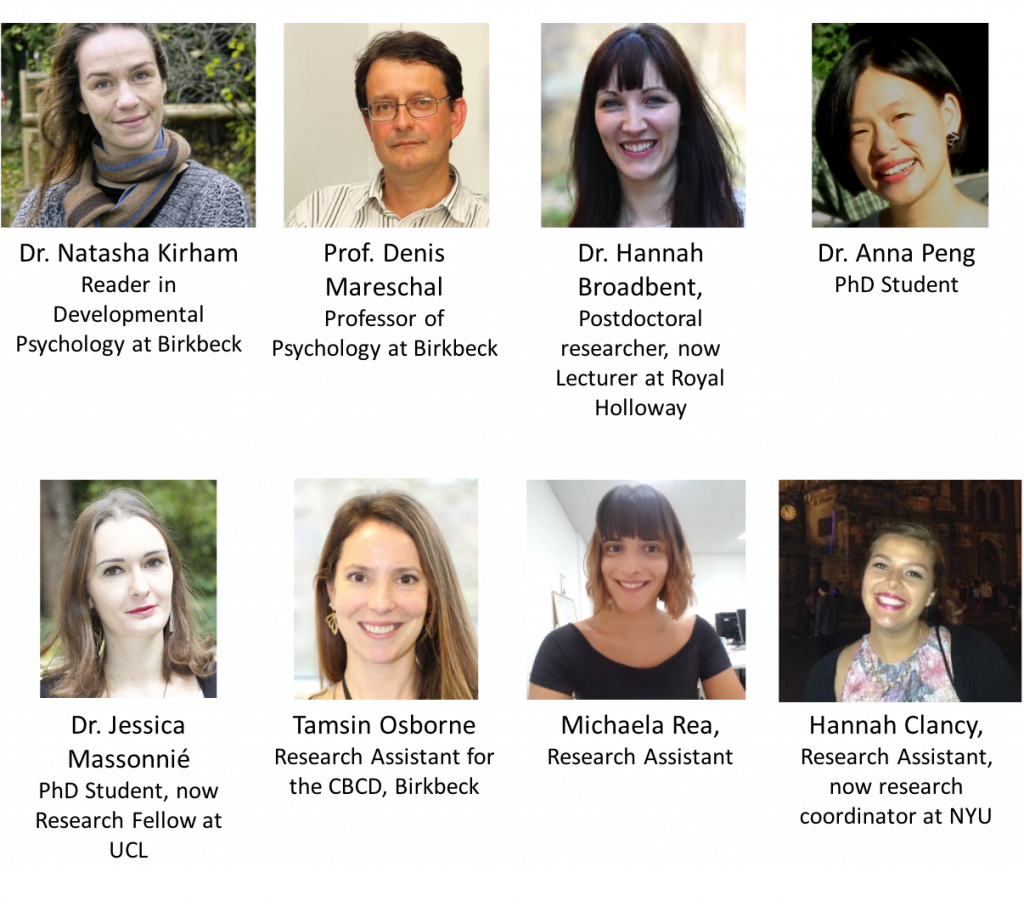Our world is noisy and distracting, filled with a multitude of sights and sounds; the television is on while we talk on the phone, there are street sounds as we navigate a map, and people talking to each other as we try to attend to a specific conversation. To walk into a toy shop is to be overwhelmed with sights, sounds, and even smells. Clearly, children are stimulated and excited by information from multiple sensory modalities.
But what is best for their learning? Research from psychology has shown that adults learn better if they are given information in different sensory modalities at the same time. This fact has been used as the basis for many childhood educational programs in literacy and numeracy. But there has been no systematic investigation into whether children learn better from information presented in different sensory modalities. Or if, in fact, there are individual differences in this ability. To take advantage of multimodal stimuli a learner has to be able to pay attention to one thing and not another, and to switch attention when required. These sophisticated skills – inhibitory control, selective attention and cognitive flexibility – are developed slowly throughout the course of childhood, and some children develop slower than others. Preliminary results show that, as a consequence, children can struggle to learn from multimodal information.
 The ‘Multisensory’ grant, funded by the Economic and Social Research Council, aimed at identifying when and where children have difficulty with multlimodal information, and to help develop materials that are tailored to their cognitive and perceptual development.
The ‘Multisensory’ grant, funded by the Economic and Social Research Council, aimed at identifying when and where children have difficulty with multlimodal information, and to help develop materials that are tailored to their cognitive and perceptual development.
Four main research questions have been addressed by the project, and a summary of the findings can be found in the presentation below.
Broadbent, H., Osborne, T., Mareschal, D., Kirkham, N.Z. (under review). Are two cues always better than one? The role of multiple intra-sensory cues compared to multi-sensory cues in children’s learning. Cognition.
Broadbent, H., Osborne, T., White, H., Mareschal, D., Kirkham, N.Z. (2019) Touch and look: The role of visual-haptic cues for categorical learning in children. Infant and Child Development, doi:10.1002/icd.
Broadbent, H., Osborne, T., Mareschal, D., Kirkham, N.Z. (2018) Withstanding the test of time: multisensory cues improve the delayed retention of incidental learning. Developmental Science, doi: 10.1111/desc.12726
Broadbent, H., Osborne, T., Rea, M., Peng, A., Mareschal, D., Kirkham, N. (2018) Incidental category learning and cognitive load in a multisensory environment across childhood. Developmental Psychology, 56(6), 1020-1028. doi: 10.1037/dev0000472.
Broadbent, H., White, H., Mareschal, D., Kirkham, N. (2017) Incidental learning in a multisensory environment across childhood. Developmental Science, 21(2) e12554, doi:10.1111/desc.12554.
Kirkham, N. Z., Rea, M., Osborne, T., White, H. & Mareschal, D. (2019) Do cues from multiple modalities support quicker learning in primary school children? Developmental Psychology, 55, 2048-2059. doi: 10.1037/dev0000778
Massonnié, J., Rogers, C. J., Mareschal, D. & Kirkham N. Z. (2019) Is classroom noise always bad for children? The contribution of age and selective attention to creative performance in noise. Frontiers in Psychology, 10, 381. doi.org/10.3389/
Peng, A., Kirkham, N. Z., & Mareschal, D. (2018) Information processes of task-switching and modality-switching across development. PLoS ONE, 13(6): e0198973.
Peng, A., Kirkham, N. Z., & Mareschal, D. (2018) Task switching costs in preschool children and adults. Journal of Experimental Child Psychology, 172, 59-72. doi: 10.1016/j.jecp.2018.01.019


